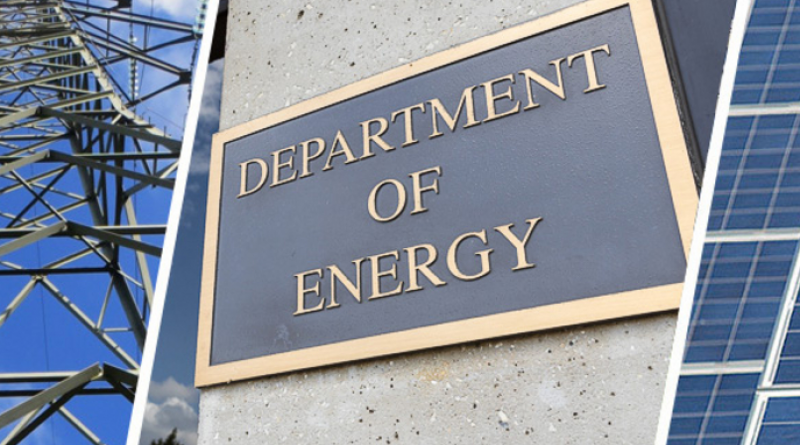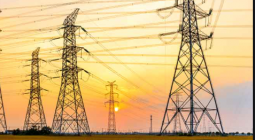Repressed report finds U.S. “supergrid” could slash renewable costs

Connecting America’s regional electric grids to create a “supergrid” that stretches across the country would slash the cost of achieving high levels of renewable power, according to a resurfaced Energy Department study that had been shelved by the Trump administration.
The Eastern and Western grid interconnections — now effectively divided by the Rocky Mountains — connect at just seven small junctions, with the capacity to deliver a fraction of the total power produced in each region. DOE’s National Renewable Energy Laboratory, in its study, modeled a different map of the grid: one that has long-distance high-voltage lines connecting remote wind- and solar-producing regions to the nation’s urban centers.
DOE released a statement last week highlighting a September paper from the Institute of Electrical and Electronics Engineers (IEEE) on the NREL study’s major conclusions — the first time the lab’s findings were formally published.
IEEE’s report titled “The Interconnections Seam Study” showed how Sun Belt solar power could be delivered to the Midwest at dusk. Later, the study shows, electricity flows could be reversed to move Great Plains wind power westward. The paper includes animations showing how electricity could move seamlessly across time zones.
NREL also notes the shifting climate. The need to swiftly recover after extreme weather causes major power outages is another reason to strengthen grid connections. Every dollar invested in new transmission would create as much as $2.50 in value by increasing access to cheaper power, NREL estimated.
[Peter Behr]
25 October 2021
IEEFA




